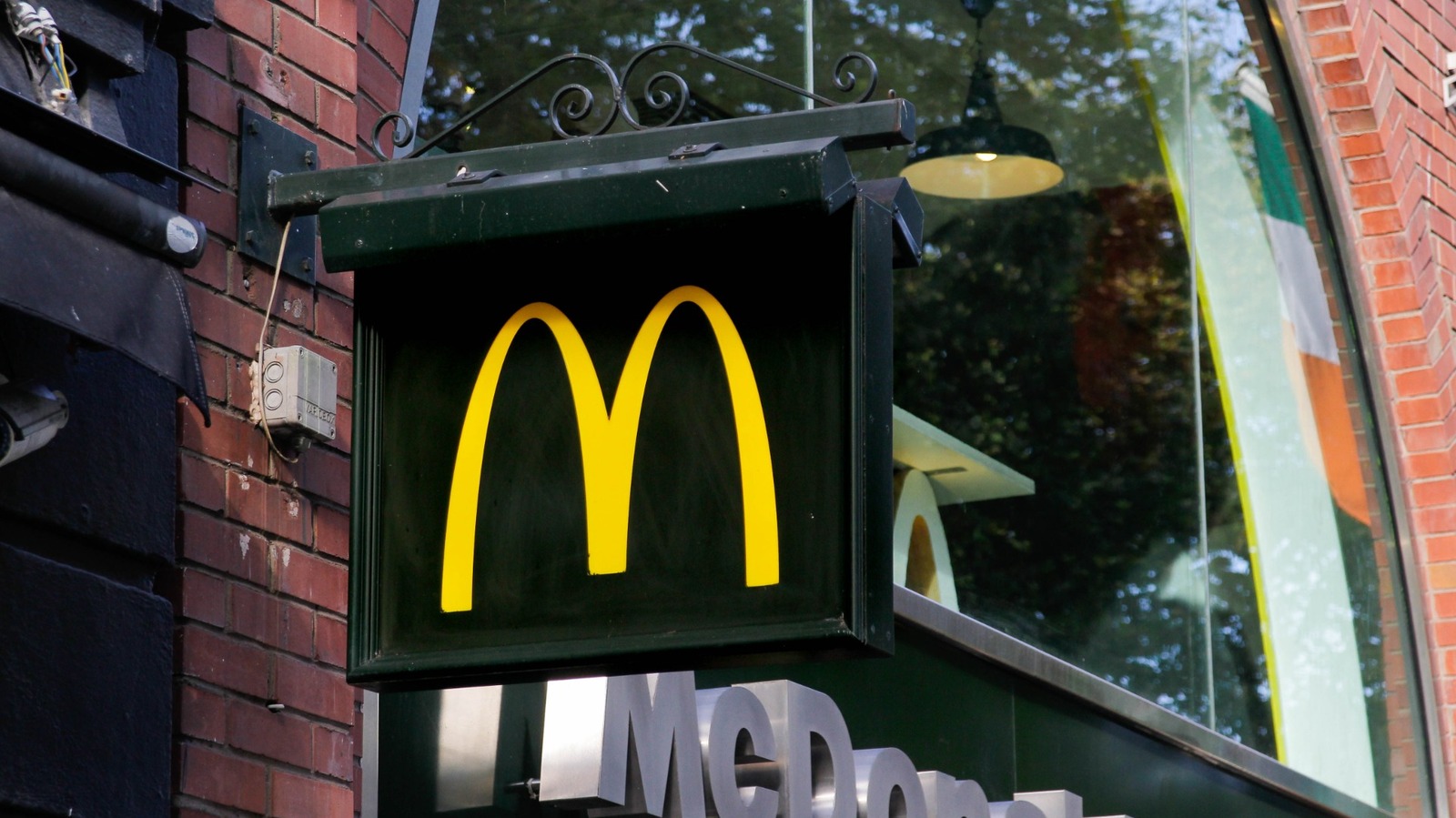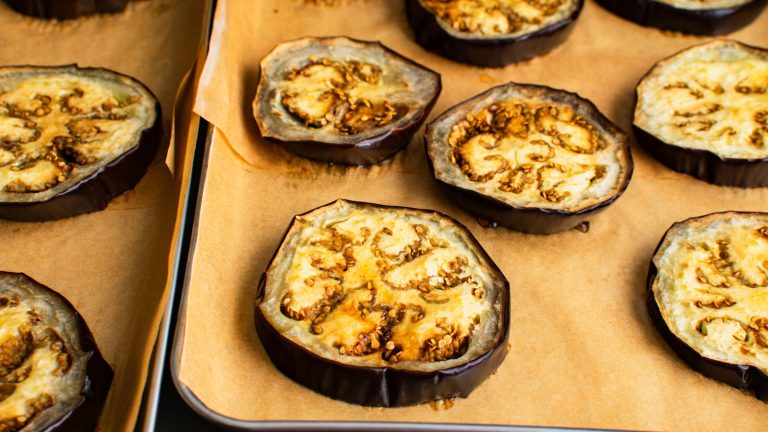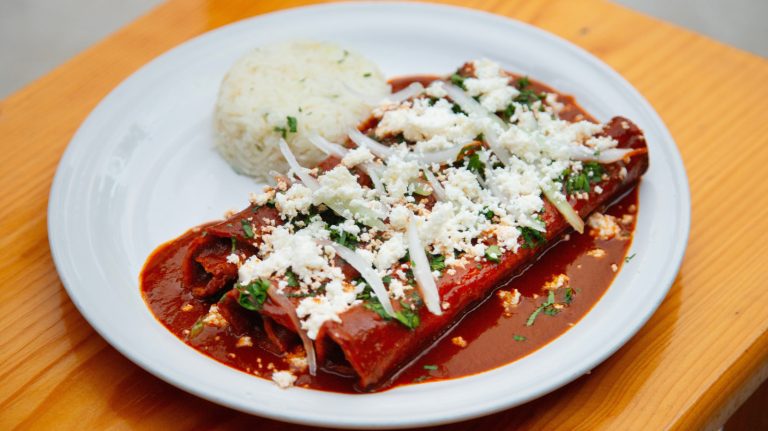The early ’90s had a rhythm all their own. Your television show lineup came from the TV Guide, not an algorithm. Friday nights meant rewinding your Blockbuster tape before dropping it off. Gas hovered around a buck a gallon, and a trip to the mall was still a weekend event. Life felt a little slower, a little easier — and everyday things didn’t cost quite so much. That same sense of ease extended to fast food.
At McDonald’s, $20 wasn’t just a snack budget — it was dinner for the household. A Quarter Pounder with Cheese meal, for example — burger, fries, and a drink — ran about $2.99. You could get one for each person in a family of four and still have enough left for dessert. McDonald’s apple pies were only 99 cents each, so you could grab one for everyone for around $4 and keep the whole order under $20, after tax. And it wasn’t just one choice — a Big Mac or McChicken meal cost the same amount.
For 39 cents more, you could Supersize all four meals, stretching the value of $20 even further. No delivery apps, no rewards accounts, no scanning a QR code to see the menu. You ordered at the counter, grabbed your brown tray, and found a booth under the glow of yellow plastic arches. Compare that to today, where the burger alone can cost $7.99, and an apple pie goes for $2.89. What was once a full family meal is now a solo indulgence.
Where did the value go?
We can all agree that fast food doesn’t feel so fast — or affordable. And its not just in the United States, either. In early ’90s England, a McDonald’s Big Breakfast cost £1.29, and a cup of tea was just 44p. At the exchange rates back then, $20 would stretch far enough to buy eight full breakfasts (two pancakes, sausage, hash browns and eggs) with tea — plus spare coins for a few extra hash browns, or maybe even more tea if you wanted.
What used to be an easy dinner option now takes planning, filling out surveys on receipts, managing rewards accounts, or settling for whatever’s cheapest to make the purchase sting a little less. The value menus have shrunk, portion sizes have shifted, and prices have surged faster than most paychecks. A combo meal that once fed a family of four now costs nearly $15 for one, and you may have to pay extra for ketchup and sauces.
Chains still advertise “value,” but it’s rarely as simple as it sounds. Deals are buried in point systems, loyalty programs, and digital-only coupons that expire faster than the fries cool off. Somewhere along the way, value became something you have to hunt for instead of something you could count on.






